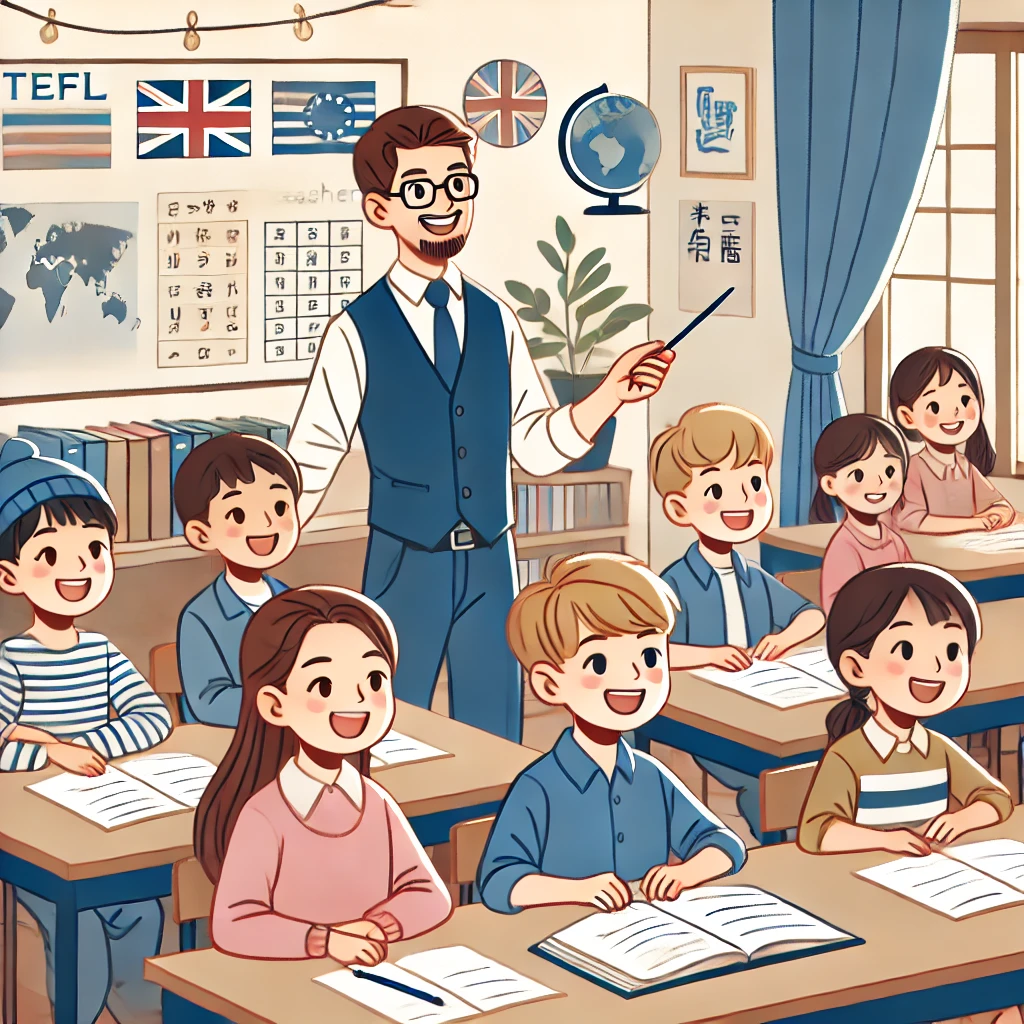Table of contents
1. Understanding Inclusive ESL Curriculum Development
2. Importance of Inclusive ESL Curriculum
3. Key Elements of Inclusive ESL Curriculum Development
4. Strategies for Implementing Inclusive ESL Curriculum
In today's diverse educational landscape, creating inclusive ESL curriculum development plans is crucial for ensuring that all learners have equal access to quality education. At ITTT (International TEFL and TESOL Training), we understand the importance of inclusive teaching practices and strive to provide educators with the necessary tools and knowledge to develop curriculum plans that cater to the needs of every student.
Importance of Inclusive ESL Curriculum:
An inclusive ESL curriculum goes beyond simply teaching language skills; it embraces diversity, promotes equity, and fosters a sense of belonging among all learners. By incorporating diverse perspectives, cultural references, and learning styles into the curriculum, educators can create a supportive and inclusive learning environment where every student feels valued and respected. Inclusive curriculum development not only benefits students from marginalized groups but also enhances the overall educational experience for all learners.
Key Elements of Inclusive ESL Curriculum Development:
When developing an inclusive ESL curriculum, educators should consider various key elements to ensure that the needs of diverse learners are met. These elements include:
- **Cultural Relevance:** Incorporating diverse cultural references, experiences, and perspectives into the curriculum to make learning more meaningful and relatable for students from different backgrounds.
- **Differentiated Instruction:** Adapting teaching strategies, materials, and assessments to meet the individual needs and learning styles of diverse learners, including those with disabilities or language barriers.
- **Collaborative Learning:** Encouraging collaboration and peer-to-peer interaction to promote a sense of community and support among students from diverse backgrounds.
- **Assessment and Feedback:** Providing regular feedback and assessment that is fair, unbiased, and takes into account the diverse abilities and experiences of all learners.
Strategies for Implementing Inclusive ESL Curriculum:
Implementing an inclusive ESL curriculum requires a proactive approach and a commitment to diversity and equity in education. Some strategies that educators can use to create inclusive learning environments include:
- **Professional Development:** Engaging in ongoing training and professional development to enhance cultural competence, diversity awareness, and inclusive teaching practices.
- **Community Engagement:** Collaborating with parents, caregivers, and community members to create a supportive network that values diversity and promotes inclusive education.
- **Flexibility and Adaptability:** Being open to feedback, making adjustments to the curriculum based on student needs, and continuously evaluating and improving teaching practices.
- **Technology Integration:** Leveraging technology tools and resources to provide additional support, access to diverse learning materials, and personalized learning experiences for all students.
In conclusion, creating inclusive ESL curriculum development plans is essential for promoting diversity, equity, and inclusivity in education. At ITTT, we are committed to supporting educators in developing inclusive curriculum plans that meet the needs of all learners and create a welcoming learning environment for everyone. By embracing diversity, cultural relevance, and differentiated instruction, educators can empower students from diverse backgrounds to succeed academically and thrive in a globalized world.
What are the educational theories behind different ESL teaching methods? This is a list of ITTT’s most trusted TEFL affiliates Can TESOL be a career? What makes a great TESOL teacher? Which online English teaching platform pays most? How much is a TESOL course and how do I pay for it? tesol articles TESOL Articles How can ESL teachers develop their careers? How to make an online teaching demo? How can I teach English online and travel?



